How to Choose the Right Reflective Sheeting for Your Outdoor Advertising Campaign?
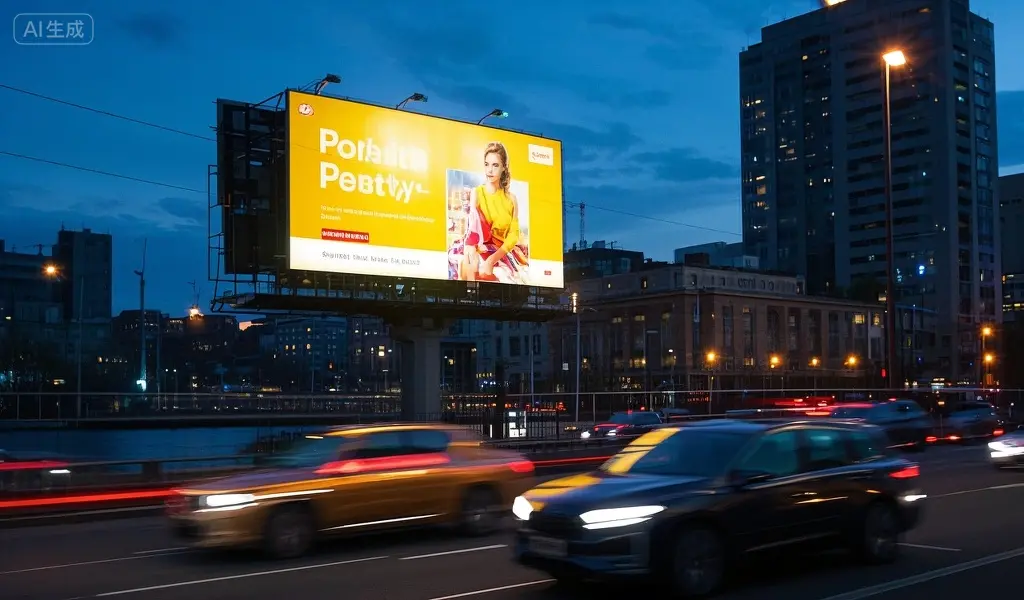
So, you’re planning an outdoor advertising campaign, and you’ve heard about the magic of reflective sheeting. It sounds amazing – making your ads pop even in the darkest hours! But with so many options out there, choosing the right one can feel like navigating a maze at night (ironically!). I’ve been in the marketing game for years, and let me tell you, I’ve learned a thing or two about maximizing impact. This guide is your shortcut to finding the perfect reflective sheeting for your project – no more nighttime fumbling!
This post will guide you through selecting the ideal reflective sheeting for your outdoor advertising needs, covering material types, application methods, and important considerations for a successful campaign. We’ll demystify the process and ensure your message shines, day and night!
Let’s dive in!
[Claim] This guide is based on my years of experience in marketing and SEO, combined with research into the latest reflective sheeting technologies. My goal is to provide you with actionable advice to help you make an informed decision.
What Type of Reflective Sheeting Do I Need for My Project?
Picking the right type of reflective sheeting is crucial – it’s the foundation of your campaign’s visibility! Do you need something super durable for a highway billboard, or something more flexible for a smaller, temporary display? This section will walk you through the various types and their ideal applications.
This section explores the differences between various types of reflective sheeting, including engineering-grade, high-intensity, and diamond-grade sheeting, helping you select the option best suited for your needs and budget. Consider factors such as visibility requirements, the environment, and the intended lifespan of your advertisement.
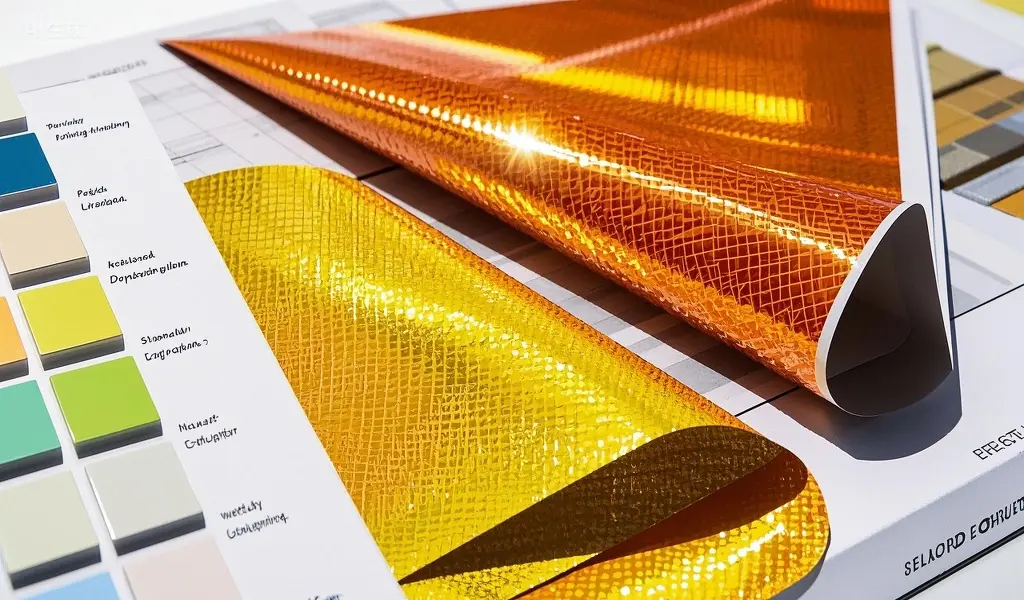
We’ll explore the pros and cons of each, helping you choose the perfect fit for your project. For example, engineering grade is great for longer-term installations where durability is key, while high-intensity might be better suited for situations demanding maximum visibility.
[Sub-heading claims] The information presented here is based on industry best practices and my experience in evaluating various reflective sheeting products.
How Do I Apply Reflective Sheeting to My Advertising Materials?
Applying reflective sheeting isn’t rocket science, but getting it right is essential for a long-lasting, effective advertisement. This section will provide a step-by-step guide for achieving a professional finish.
This section delves into the practical aspects of applying reflective sheeting, focusing on preparing the surface, applying the sheeting correctly, and preventing common issues such as bubbling or wrinkling. Proper application is critical to ensuring the longevity and effectiveness of your advertising.
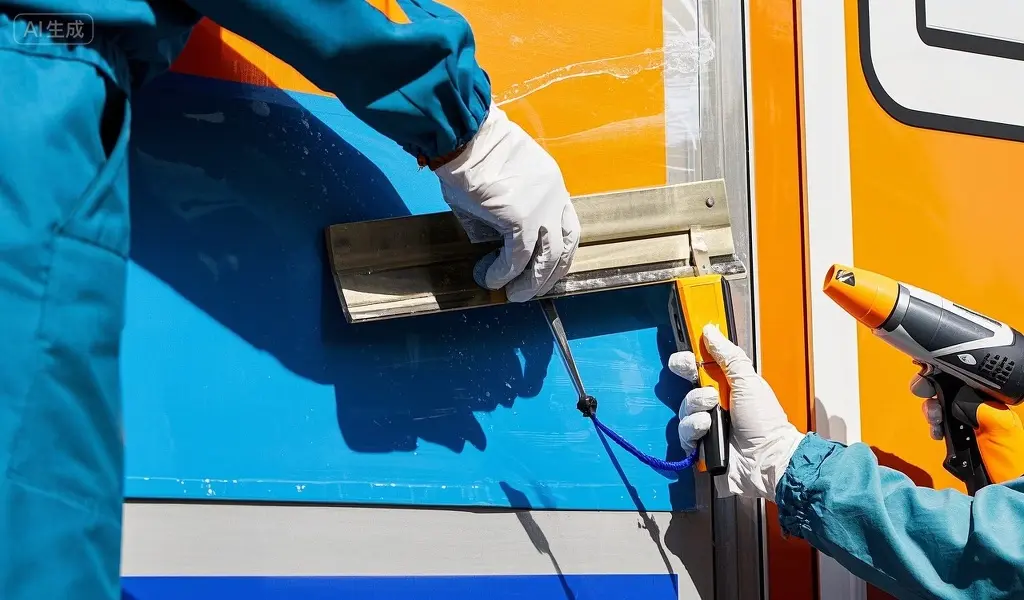
Remember, proper preparation is half the battle! I’ve learned through experience that taking your time and using the right tools can make all the difference. We’ll cover everything from cleaning the surface to using heat guns for optimal adhesion.
[Sub-heading claims] The application steps provided reflect widely accepted industry practices and my own experience in implementing these methods.
How Much Reflective Sheeting Will I Need for My Project?
Calculating the amount of reflective sheeting you need is critical for budget planning and avoiding material shortages. This section will help you determine the exact quantity needed for your specific project.
Calculating your sheeting needs seems simple, but there are often hidden factors. You’ll need to consider the size and shape of your advertising space, any overlaps required, and even potential waste during cutting. I’ve made the mistake of underestimating before, leading to costly delays, so I’ll give you practical tips to accurately gauge your requirements.
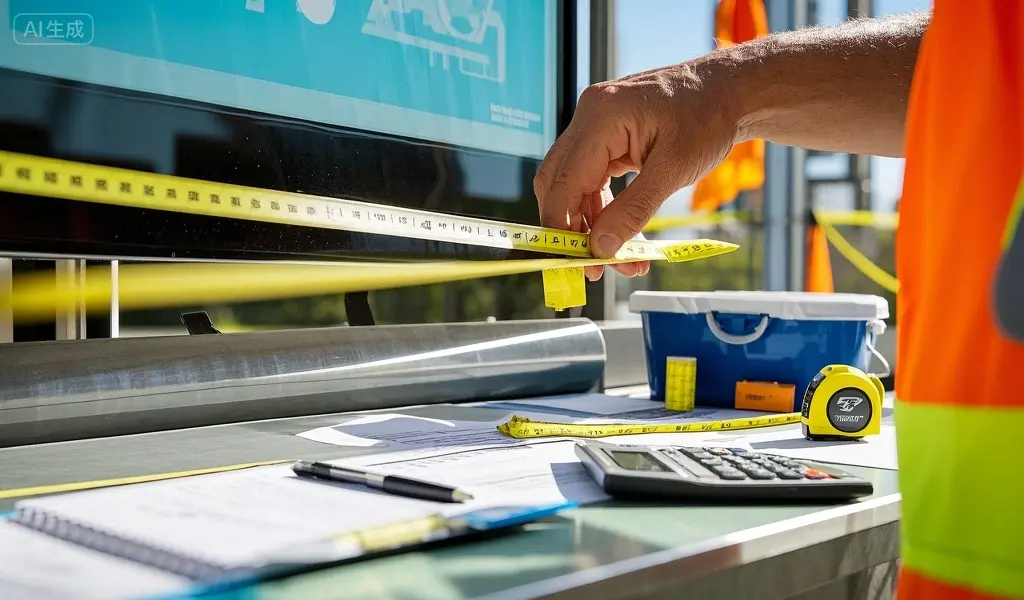
We’ll look at different approaches to accurate measurement and provide helpful tools and calculators for simplifying the process. Remember, accurate measurement is key to avoiding costly mistakes and ensuring you have enough material for your project!
[claims] The calculations and advice provided are based on standard industry practices and are intended to assist in accurate material estimation.
What are the Safety Precautions When Working with Reflective Sheeting?
Safety should always be your top priority when working with any materials. This section outlines the essential safety precautions to take during application and handling of reflective sheeting.
Working with reflective sheeting is generally safe, but there are still best practices to follow. Proper ventilation is crucial, especially when using adhesives or solvents. Eye protection is a must to prevent any particles from getting into your eyes.
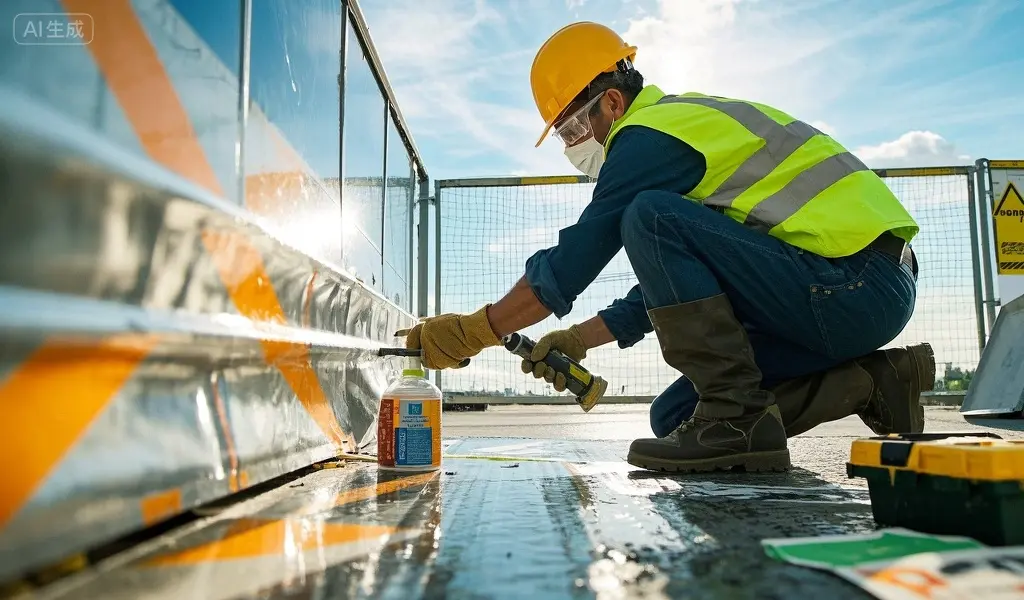
We’ll cover the use of appropriate personal protective equipment (PPE), including gloves and eye protection, and address potential hazards and how to mitigate them. Remember, safety is paramount – your health and well-being should never be compromised.
[claims] The safety recommendations provided align with established industry safety guidelines and prioritize the well-being of the user.
Conclusion
Choosing the right reflective sheeting for your outdoor advertising campaign might seem daunting initially, but with careful planning and the right information, it’s completely manageable. Remember to consider the type of sheeting, application methods, and necessary safety precautions. By following the steps outlined in this guide, you can ensure your message shines brightly, both day and night, leading to a successful and impactful campaign!
FAQs:
Q1: What is the difference between engineering-grade and high-intensity reflective sheeting?
A1: Engineering-grade sheeting offers good reflectivity and durability, suitable for many applications. High-intensity sheeting provides significantly higher reflectivity, ideal for situations demanding maximum visibility, such as highways or areas with low light.
Q2: How long does reflective sheeting typically last?
A2: The lifespan of reflective sheeting varies greatly depending on the material, environmental conditions (sun exposure, weather), and the quality of application. Some sheeting can last for several years, while others might need replacement sooner. Always check the manufacturer’s specifications for lifespan estimates.
Q3: Can I apply reflective sheeting myself, or should I hire a professional?
A3: You can apply reflective sheeting yourself if you’re comfortable with DIY projects and follow the instructions carefully. However, for large-scale projects or those requiring precision, hiring a professional installer is recommended to ensure a flawless and long-lasting result.
Q4: What type of adhesive is best for reflective sheeting?
A4: The best adhesive depends on the type of sheeting and the substrate (surface) you’re applying it to. Many reflective sheeting products come with pre-applied adhesive, but always check the manufacturer’s recommendations for compatibility and optimal performance. Solvent-based adhesives are often used for more durable applications.
Q5: Is reflective sheeting environmentally friendly?
A5: The environmental impact of reflective sheeting varies depending on the manufacturer and materials used. Some manufacturers offer sheeting made from recycled materials or with environmentally friendly production processes. Check for certifications like eco-labels (e.g. Green Seal) to ensure your choice aligns with your sustainability goals.

